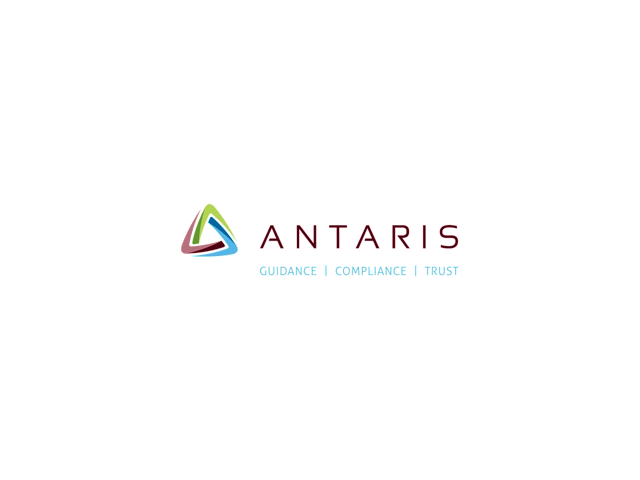The International Organisation for Standardisation (ISO) published the Integrated Use of Management System Standards (IUMSS) Handbook in November 2018.
First published in 2008, this second edition brings together best-practice guidance and case studies on the implementation of integrating management system standards.
This blog continues with a review of chapter 1: Management system.
Chapter 1.2 Organisational context, risks and opportunities.
When considering its context, the organisation needs to comprehend the internal and external issues which influence its purpose, objectives, success and performance such as:
- The needs and expectations of relevant interested parties;
- External issues such as political stability, the economic and competitive environment in which the organisation operates, cultural and social norms, technological advancement, environmental protection and legal and statutory compliance;
- Internal issues such as leadership, management, communications and competency;
- The operating environment and the way the organisation differentiates and competes.
The organisation’s management system is strongly influenced by the needs and expectations of relevant interested parties. Determining the needs and expectations of interested parties is a key stage in the development of the organisation’s management system. This can involve balancing competing and, sometimes, conflicting needs of relevant interested parties.
Planning is an integral part of all elements of a management system. Effective planning is concerned with prevention by identifying, eliminating and controlling risks. Planning should be a collaborative effort involving personnel throughout the organisation. This co-operation is eminently suitable for demonstrating and gaining commitment to continual improvement and promoting a positive culture throughout the organisation.
Planning for the management system is an ongoing process and is undertaken in order:
- To determine the risks that can affect the performance of the organisation;
- To manage these risks;
- To identify opportunities to improve performance and the management system.
When planning for the management system, the organisation should take into account the following:
- The organisation and its context;
- The needs and expectations of interested parties;
- The scope of the management system.
Planning should be proportionate to the level of risk identified.
The determination of risks and opportunities provides valuable inputs into the design, implementation, maintenance and improvement of the managements system.
There are a wide range of tools and methodologies available to determine and address risks and opportunities in an organisational context
There is no single methodology for risk assessment that is suitable for all organisations. Risk assessment methodologies vary greatly across industries, ranging from simple assessments to complex numerical methods with extensive documentation. Each organisation should choose the method that is appropriate to its scope, nature and size. The chosen approach should result in a comprehensive methodology for the ongoing evaluation of the organisation’s risks.








